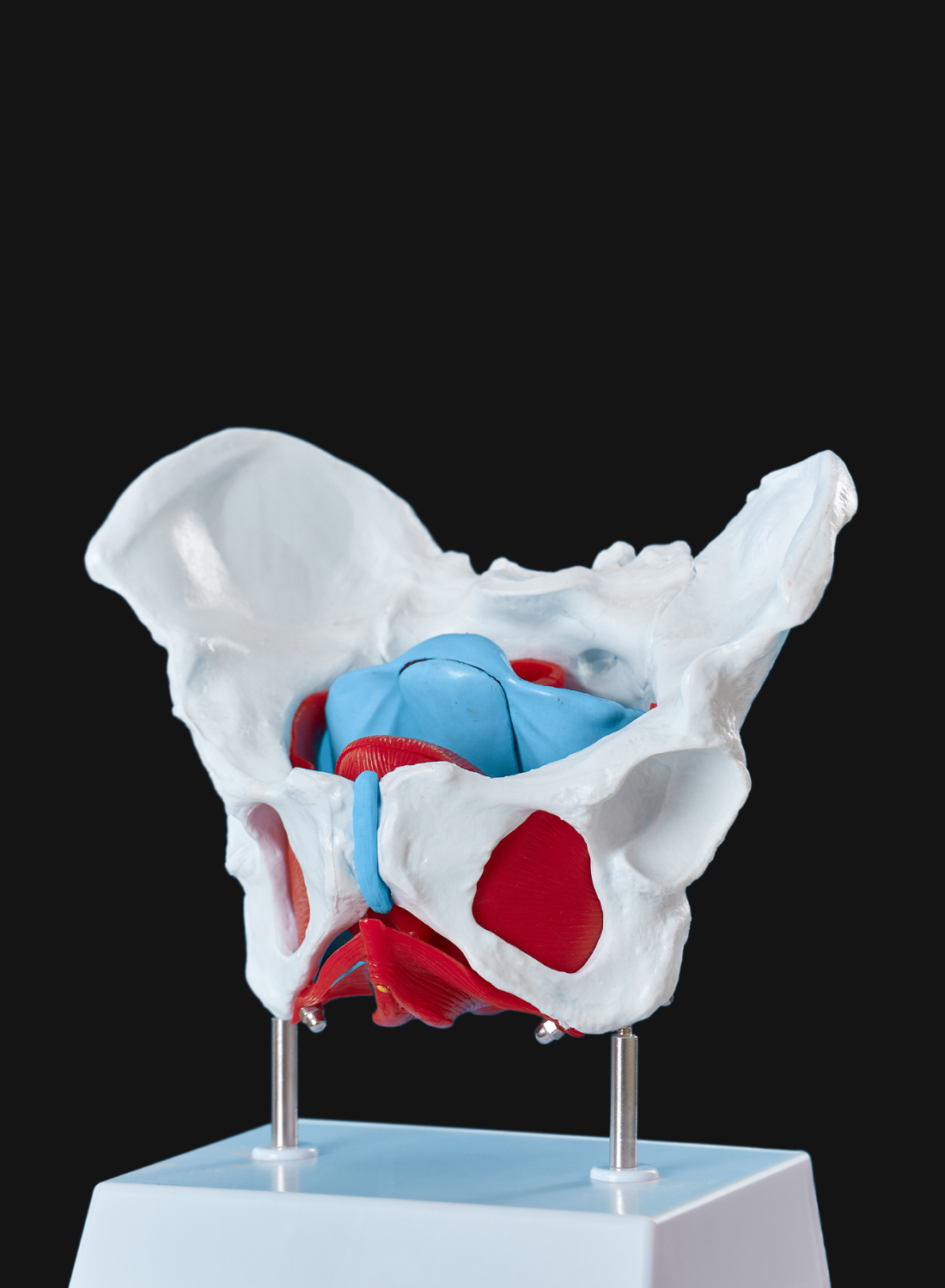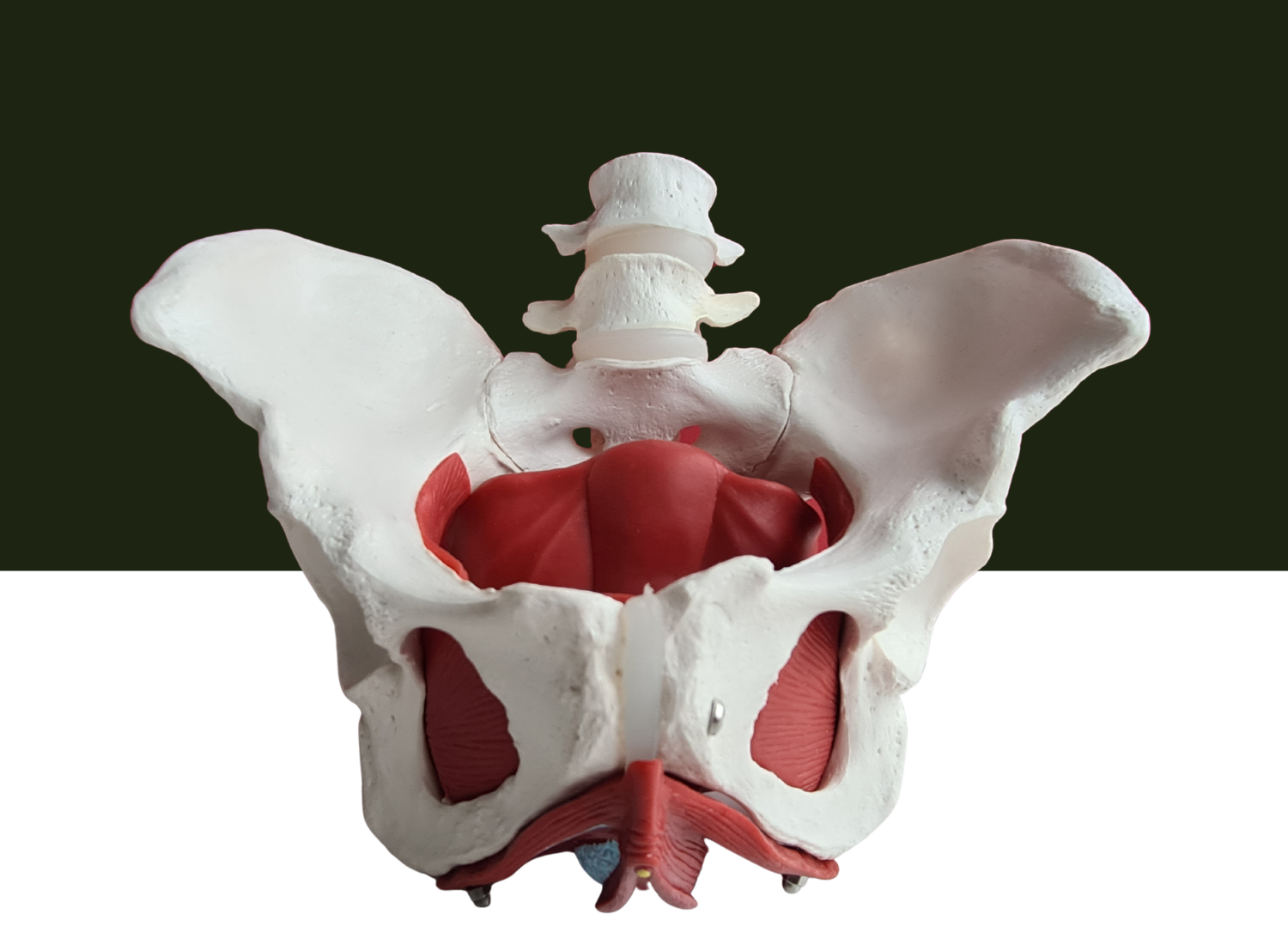Understanding Male Pelvic Floor Dysfunction: Symptoms, Causes, and Treatment
Millions of men suffer from Pelvic Floor Dysfunction, it is estimated that 20% of Americans will suffer some sort of pelvic floor dysfunction in their lifetime.
Brief Overview of Pelvic Floor Muscles
- The bladder (the pouch that stores your urine)
- The uterus and vagina (in women)
- The prostate (in men)
- The rectum (the final portion of large intestine and ends with your anus)

What is Male Pelvic Floor Dysfunction?
Pelvic floor dysfunction is the inability to control your pelvic floor muscles. Pelvic floor dysfunction is a group of disorders that change the way people have bowel movements and sometimes cause ongoing pain. These disorders can be embarrassing to discuss, may be difficult to diagnose and explain the symptoms and often have a negative effect on quality of life. Symptoms vary by the type of disorder. Many doctors may not be familiar with pelvic floor dysfunction, and it may take leading specialists, such as a colorectal surgeon or physical therapist, to discover that it is a pelvic floor disorder.
Causes of pelvic floor dysfunction
- Car accident which injured your pelvic area
- Being obese or overweight
- Pelvic area surgery
- Overexerting your pelvic floor muscle by pushing too hard or too often
- Advancing age
- Nerve damage
Male Pelvic Floor Dysfunction We Successfully Treat
- Anal/Rectal Pain
- BPE/BPH
- Chronic Prostatitis
- Constipation
- CPPS
- Epididymitis
- Frequent urination
- Gastrointestinal & Bowel Disorders
- Hard Flaccid
- Incontinence
- Interstitial Cystitis
- Orchialgia/Testalgia
- Painful Urination/Difficulty Urinating
- Penile Pain
- Perineal Pain
- Persistent Genital Arousal Disorder (PGAD)
- Peyronie’s Disease
- Post Prostatatectomy
- Post Vasectomy Pain
- Post-Circumcision Pain
- Post-Prostatectomy
- Proctalgia Fugax
- Pudendal Nerve Entrapment
- Sexual Dysfunction (Erectile Dysfunction, Premature Ejaculation)
- You need to heal a sports injury
- You just want to move well
- You want to be free from chronic pain in the pelvic floor
- You always have the urge to urinate or you are experiencing painful urination
- You always experience constipation straining, bowel strains or irregular bowel movement
- You feel muscle spasms in the pelvic floor
- You feel discomfort during sexual intercourse
- Urinary conditions, such as:
- Urinary incontinence (involuntary leakage of urine)
- Urinary frequency (You urinate many times during the day)
- Urinary urgency (You always have the urge to urinate)
- Painful urination (Burning sensation while urinating)
- Difficulty stopping or starting urinating
- Difficulty fully emptying the bladder
- Fecal incontinence
- Straining or experiencing pain during bowel movements
- Pain during sexual intercourse
- Unexplained pain such as:
- Pelvic pain
- Pain in the genital area
- Rectal pain or pain in the anal canal
Pelvic Organ Prolapse
Understanding Pelvic Organ Prolapse

While often associated with women, pelvic organ prolapse (POP) can also affect men. This condition occurs when the pelvic floor muscles and tissues supporting the pelvic organs weaken, causing them to sag or bulge. In men, this typically involves the rectum, though other organs like the bladder can also be affected.
Pelvic floor dysfunction (PFD) and POP are closely related. The pelvic floor muscles form a sling-like structure that supports the pelvic organs. When these pelvic floor muscles weaken or become dysfunctional, it can lead to POP.
Symptoms of Pelvic Organ Prolapse in Men
- Rectal prolapse: A bulge or feeling of fullness in the rectum.
- Difficulty with bowel movements: Constipation, straining, or incomplete bowel emptying.
- Pain or discomfort: In the pelvic area, rectum, or lower back.
- Sexual dysfunction: Erectile dysfunction or pain during intercourse.
Treatment for POP in men depends on the severity of the condition and the specific symptoms. Options may include:
- Pelvic floor physical therapy: Exercises to strengthen the pelvic floor muscles can help improve symptoms and prevent further progression.
- Lifestyle modifications: Dietary changes, increased fiber intake, and regular exercise can help alleviate constipation and reduce strain on the pelvic floor.
- Medications: In some cases, medications may be used to manage symptoms like constipation or pain.
- Surgical intervention: For severe cases of POP, surgery may be necessary to repair the weakened tissues and support the pelvic organs.
Prevention Tips
- Regular exercise: Incorporate pelvic floor exercises into your routine to strengthen the muscles.
- Maintain a healthy weight: Excess weight can put additional strain on the pelvic floor.
- Avoid straining: When having a bowel movement, avoid straining to prevent further weakening of the pelvic floor muscles.
- Seek prompt medical attention: If you experience any symptoms of POP, consult a physician for diagnosis and treatment.
Don't Suffer in Silence

The Treatment
Patient Success Stories
Book Your Free Teleconsultation Today
Easy and Convenient Scheduling Options
Go to this calendar and book a 15-minute teleconsultation at a time that works best for you.
This phone call will serve as your one on one time 15-minute teleconsultation, where we can discuss your symptoms and medical history.
After your initial teleconsultation, Dr. Adam Gvili and other physical therapists will work with you to schedule an in-person consultation and develop a personalized treatment plan that fits your availability.
Call or text us directly at 929-590-3445 to speak with our knowledgeable and friendly staff.
Send us an email at hello@pelvis.nyc with your inquiries and we’ll respond promptly.
Convenient Location and Hours
Start Your Journey to Recovery Today
Don’t let pain hold you back. Whether you’re struggling with chronic pelvic pain, urinary or bowel issues, or sexual dysfunction,
our expert team at Pelvis NYC is here to help.
